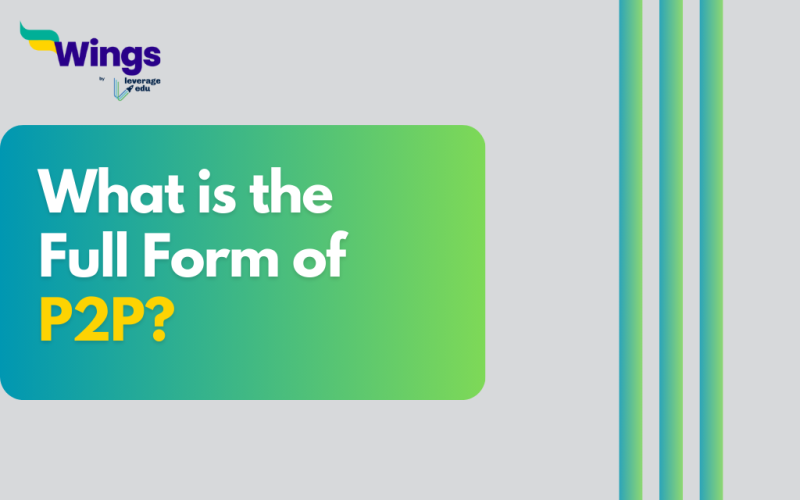P2P stands for peer-to-peer. It is a decentralized network architecture in which each participant acts as both a client and a server. This means that each peer can share files and resources with other peers without the need for a central server. In this blog, we will learn more about the full form of P2P and what are its benefits and drawbacks too.
P2P networks are often used for file sharing, but they can also be used for other applications such as distributed computing, streaming media, and online gaming.
How do P2P networks work?
P2P networks are typically organized into a swarm of peers. When a peer wants to download a file, it sends a request to other peers in the swarm. The other peers then search their own files to see if they have the file. If they do, they start sending it to the requesting peer.
The requesting peer can then download the file from multiple peers simultaneously. This makes P2P networks very efficient for file sharing, as they can leverage the combined bandwidth of all of the peers in the swarm.
Also Read – What is the full form of SRC?
Examples of P2P networks
Some well-known examples of P2P networks include:
BitTorrent: A file-sharing protocol that is used to distribute large files, such as movies and TV shows.
Napster: A file-sharing service that was popular in the early 2000s.
Gnutella: A decentralized file-sharing network.
Kazaa: A file-sharing service that was popular in the early 2000s.
eMule: A file-sharing client that is based on the Kad network.
Benefits of P2P networks
P2P networks offer a number of benefits, including:
- Efficiency: P2P networks can be very efficient for file sharing, as they can leverage the combined bandwidth of all of the peers in the swarm.
- Scalability: P2P networks are scalable, as they can grow to include any number of peers without sacrificing performance.
- Resilience: P2P networks are resilient, as they are not dependent on a central server. If one peer goes down, the other peers can still continue to communicate with each other.
Also Read – What is the Full Form of IMO?
Drawbacks of P2P networks
P2P networks also have some drawbacks, including:
- Copyright infringement: P2P networks are often used to share copyrighted material illegally.
- Security risks: P2P networks can be vulnerable to security risks, such as malware and phishing attacks.
- Performance issues: P2P networks can sometimes experience performance issues, such as slow download speeds.
Popular Full Forms
We hope this blog has helped you understand the full form of P2P and everything related to it. If you want to know more, find 300+ full forms list on our blog. In the world of short forms, you can rely on the Leverage edu page to know about more full form like this! Connect with us study abroad experts to achieve your international dream today!
 One app for all your study abroad needs
One app for all your study abroad needs













